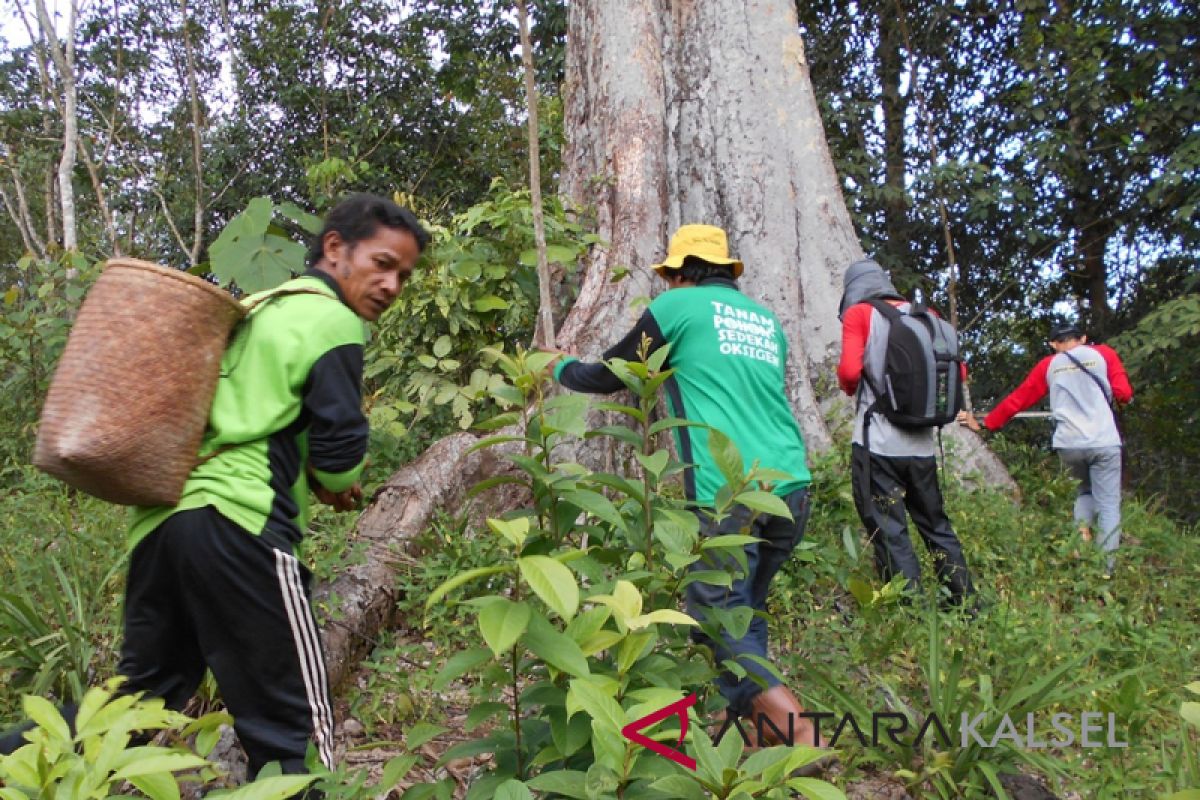Banjarmasin, S Kalimantan (AntaranewsKalsel) - The Banjarbaru Research and Development Team of the Ministry of Environment and Forestry (Balitbanghut) have researched a large tree of red durian (Durio Dulcis) or locally known as lahung in Panggung Village, South Paringin Subdistrict, Balangan, South Kalimantan.
A lead researcher, Syaifudin SHut told AntaranewsKalsel via WhatsApp (WA) on Monday the team went to the site to study the rare tree, with a view to preservation.
The exploration took place last week. The team consists of himself and two other researchers, Edy Suryanto and Akhmad Ali Musthofa, assisted by the local Green Community Forum (FKH).
They made a measurement of a large lahung tree in the village. They were also looking for saplings (saplings) to be cultivated in the area of Balitbanghut Banjarbaru.
Based on the team record, the big lahung tree in the forest was 112 cm in diameter, 26.92 meters wide canopy, 16 meters of free branching rods, 37 meters in total height and 5-meter buttress root.
Observer of the endemic fruit of Kalimantan Hanif Wicaksono explains the lahung is a species of durian fruits, but the skin is dark red with long tapered spines.
For some people who just feel durian lahung would be very reasonable if it feels weird, just like seeing a white person (bule) trying durian.
Some people describe lahung has aroma such as aerosol, alcohol, mint, and even floor cleaner.
It does not deny lahung has a unique smell, but not all lahung scented hard.
Basically, the lahung is sweet as the name "dulcis" which means sweet. Like durian, lahung has many variants. Some have a softer aroma and a sweet, creamy flavor without a striking odor.
Although the average fruit is white, many are fleshy yellow to orange. There is a thin flesh to thick.
Durio Dulcis in South Kalimantan is one of the most commonly known species to experience a natural (hybrid) crossover other than pampakin (D kutejensis). This is probably due to the flowering period of lahung earlier than other durian species.










